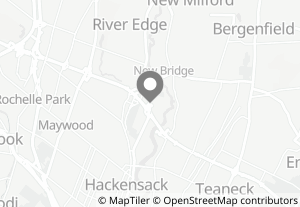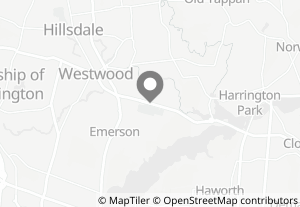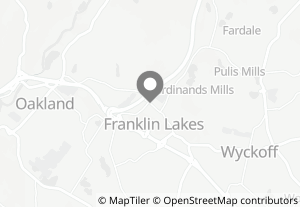Helping your patients through dry socket

No matter how much you educate patients on dry socket, it can happen from time to time. Here are some ways to help these patients get relief.
Try to be empathetic
It can be frustrating to see a patient upset with postop discomfort if they ignored instructions, but now is not the time for “I told you so.” It’s best to tell the patient that you understand how bad it feels and that you’ll do your best to alleviate their discomfort as quickly as possible–but do take this opportunity to explain that while dry socket will heal on its own, it takes time and will require self-care.
- Flush out the socket to remove food particles and debris.
- Pack the socket with medicated gel or paste and medicated dressings.
- Prescribe medication, including antibiotics if there are signs of possible infection.
Provide patients with an irrigation syringe and clear instructions on how to flush the socket on their own at home. Explain that keeping the socket clear of debris will aid healing and help prevent further issues. Be sure patients understand that at-home flushing with salt water must continue until the socket has healed over and no longer collects debris.
Promote quicker healing
In addition to taking medications as prescribed, educate patients on the importance of avoiding all tobacco products until the dry socket has healed, along with avoiding carbonated beverages. Show patients how to brush the teeth around the dry socket gently and carefully to keep the area clean. Instruct them to rinse several times per day with warm salt water in addition to flushing the socket with the syringe.
Prevention truly is the best medicine
If more of your patients are experiencing dry socket post-extraction than you expect, you may want to consider revamping your dry socket education protocol.
- Hand patients a separate, printed sheet of instruction when they leave your office the day of the extraction that highlights the dos and don’ts of post-extraction care.
- Schedule someone in your office to make a quick follow-up call in the evening, to double-check that the patient is following care protocols.






